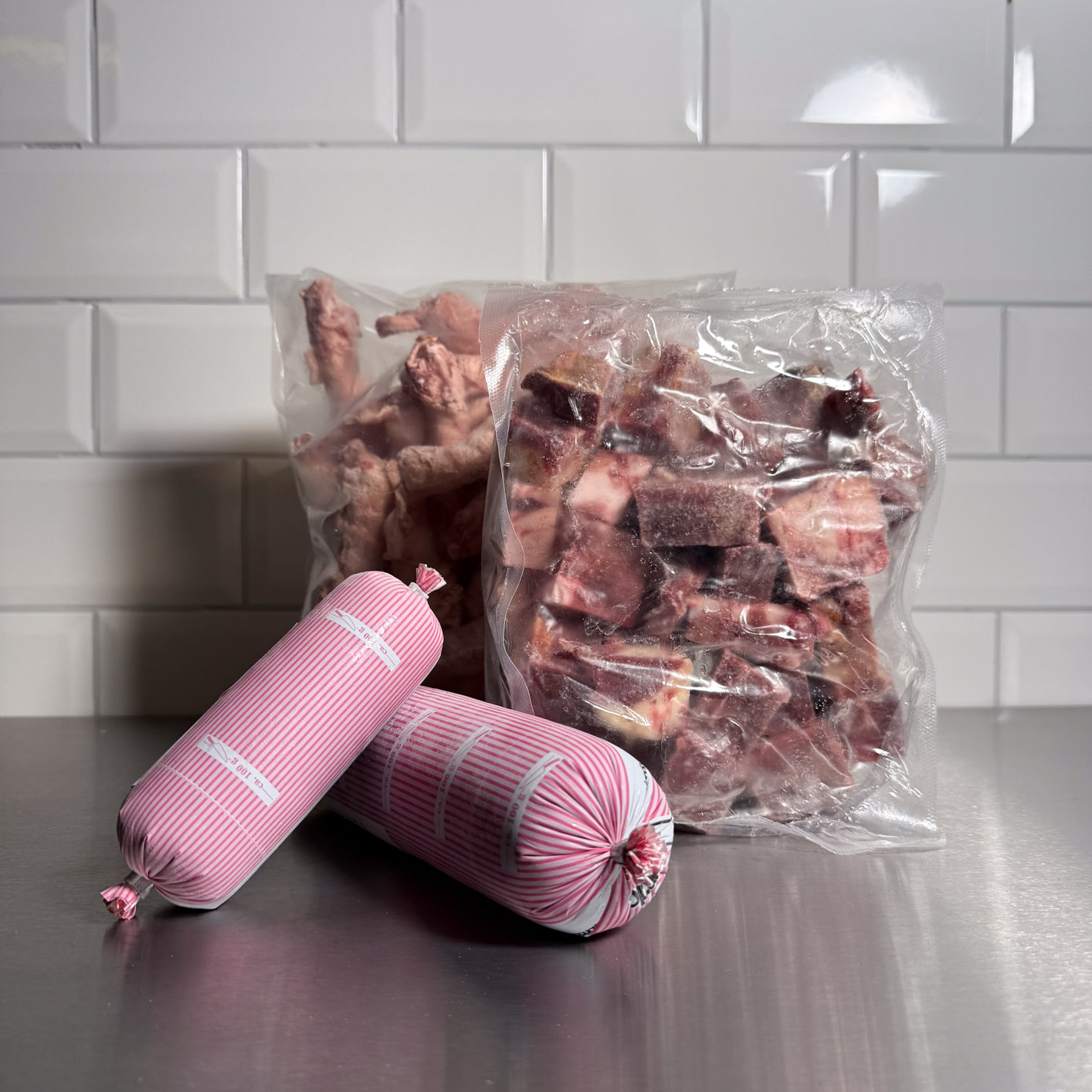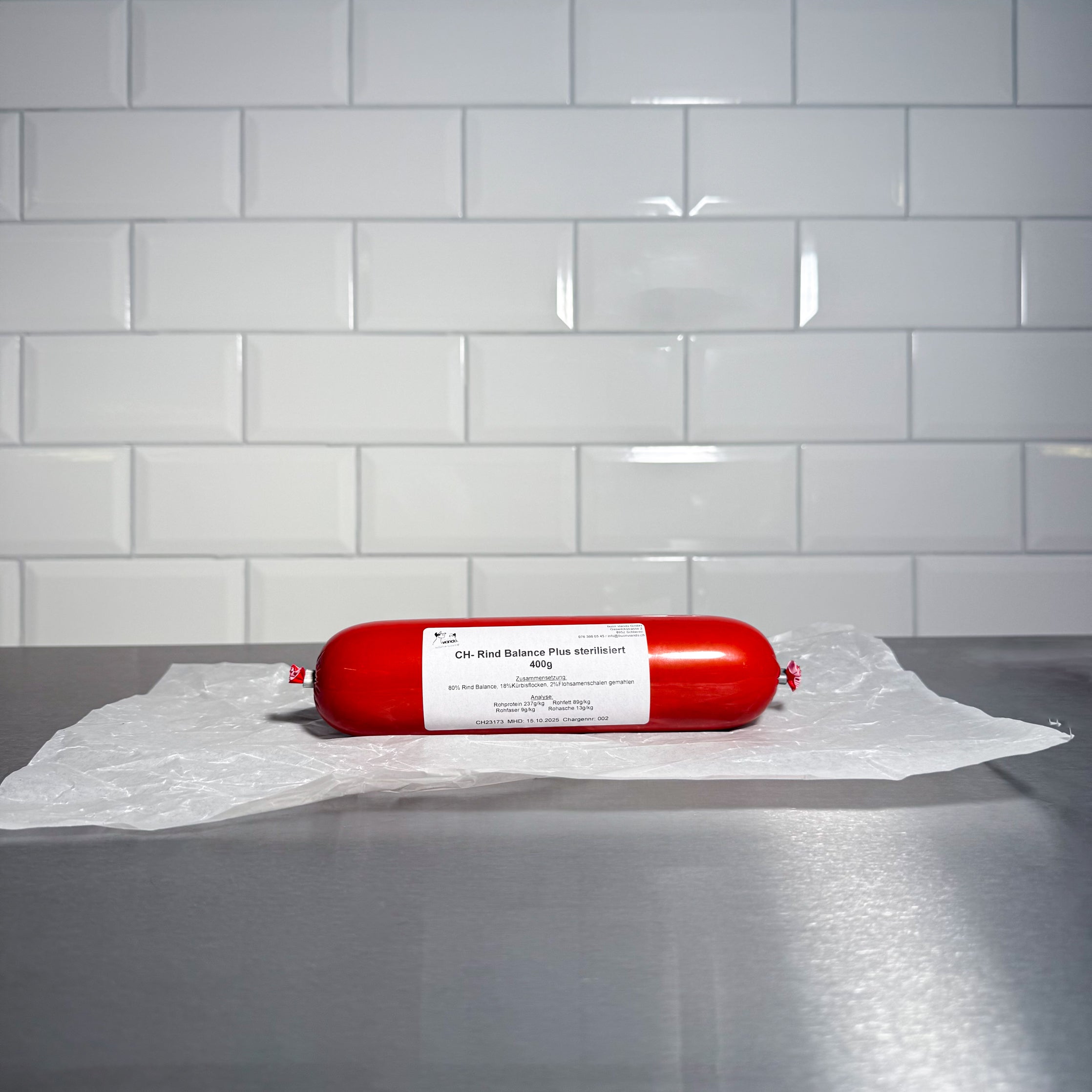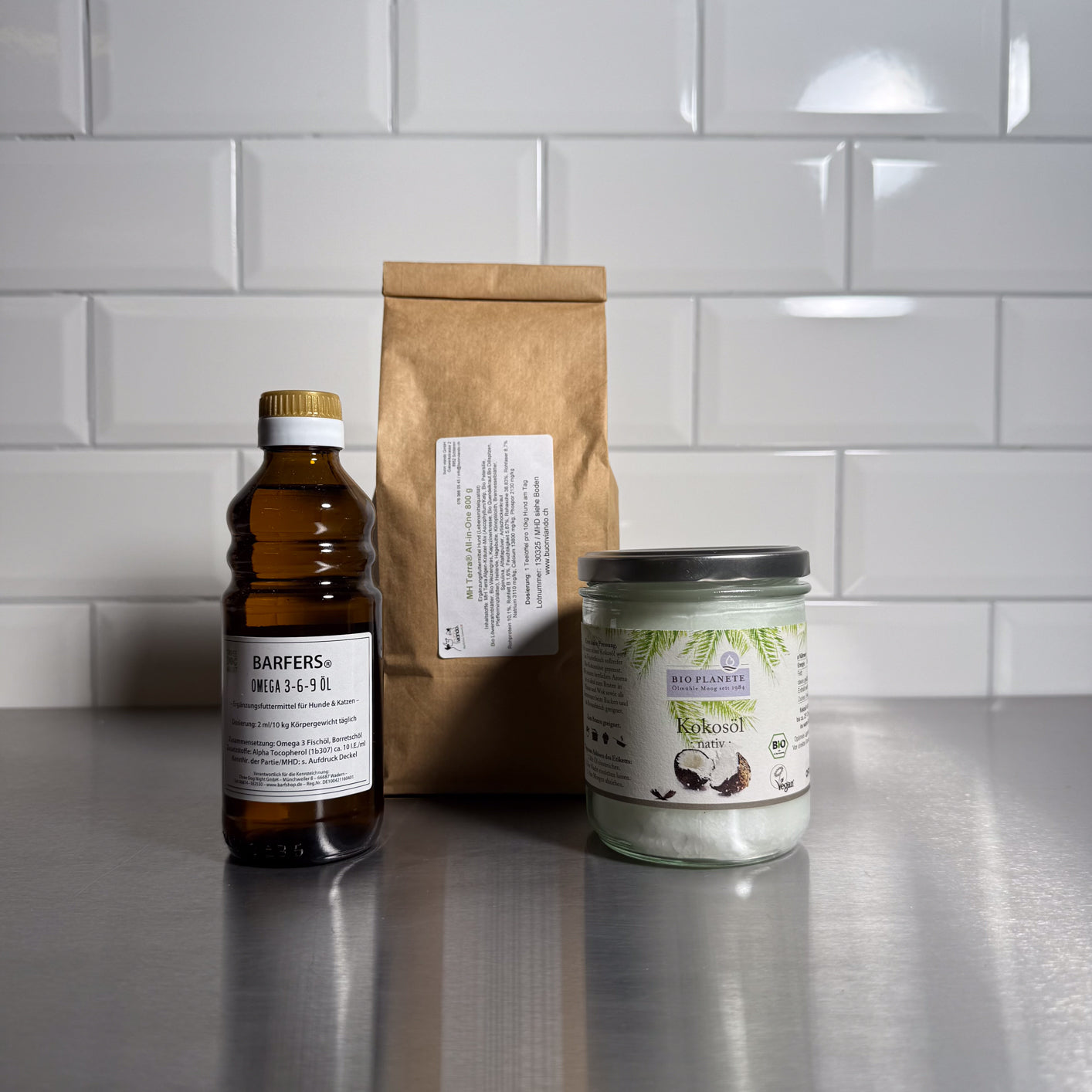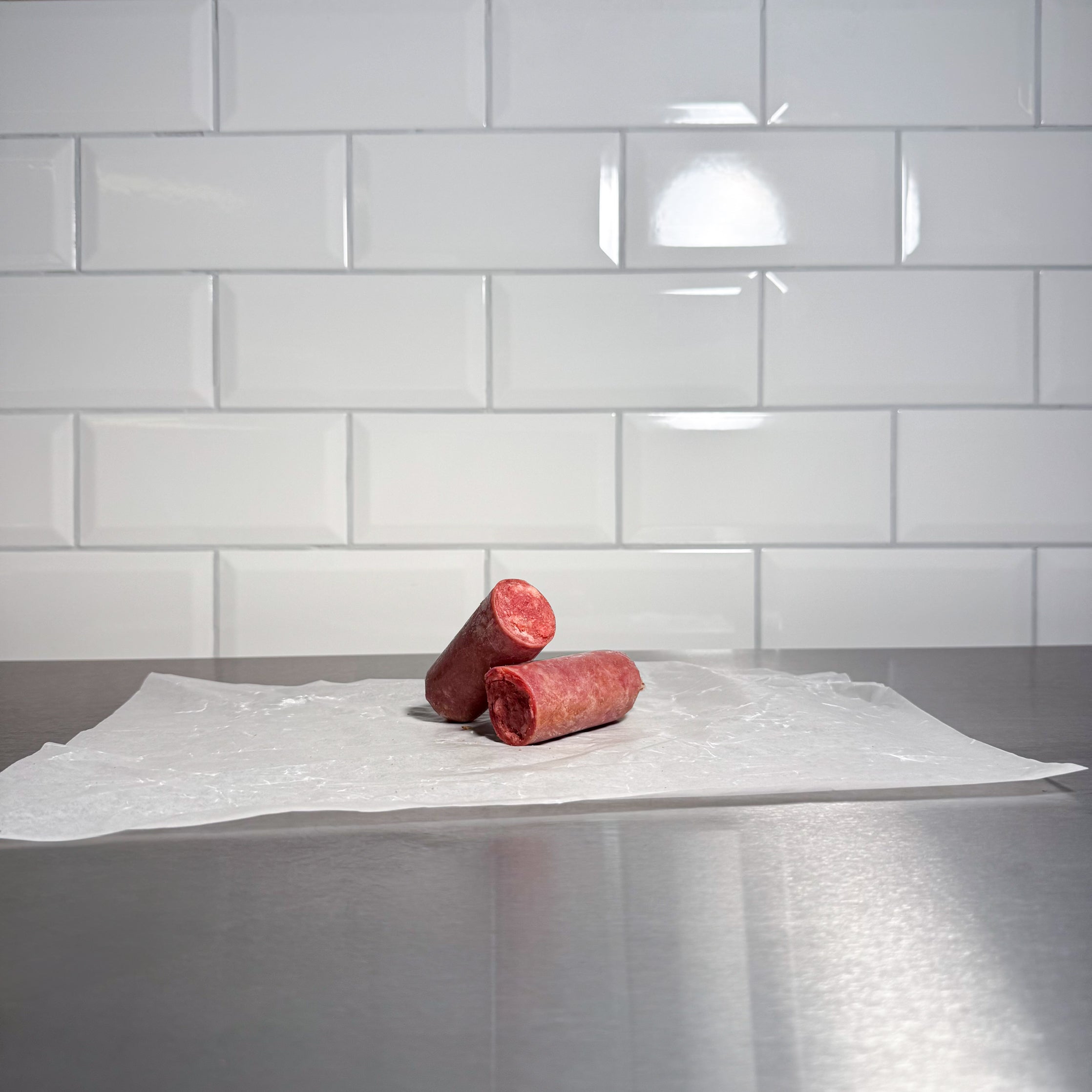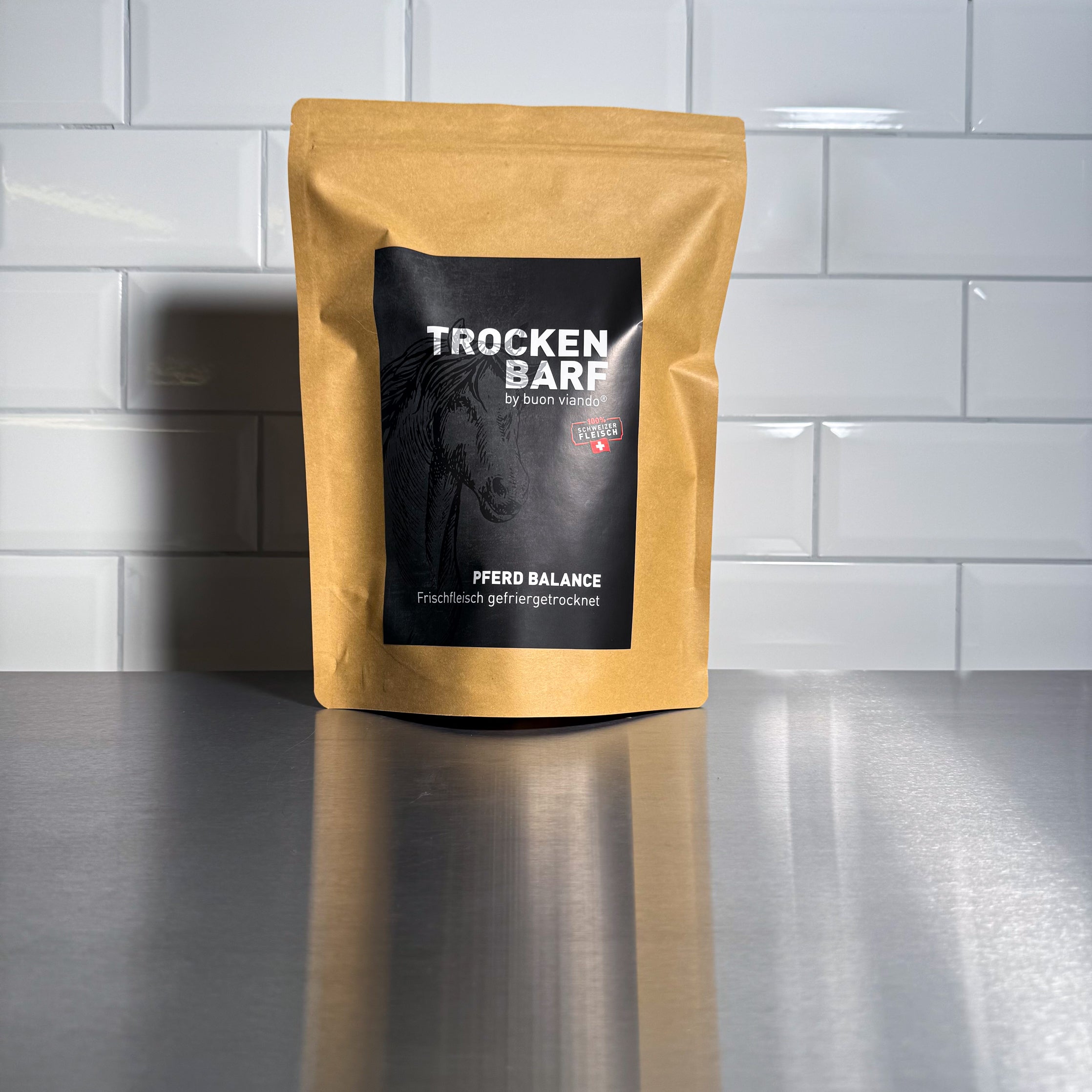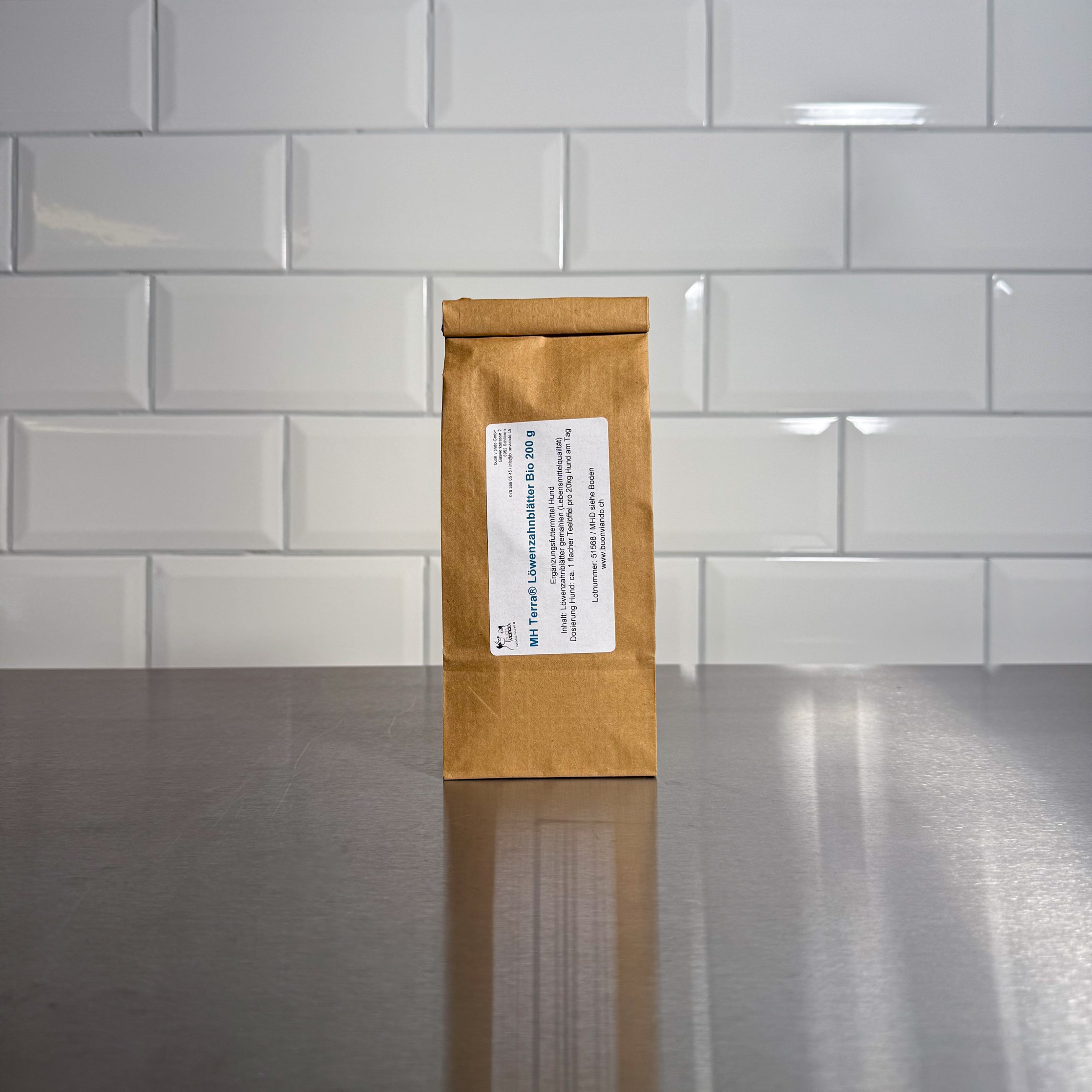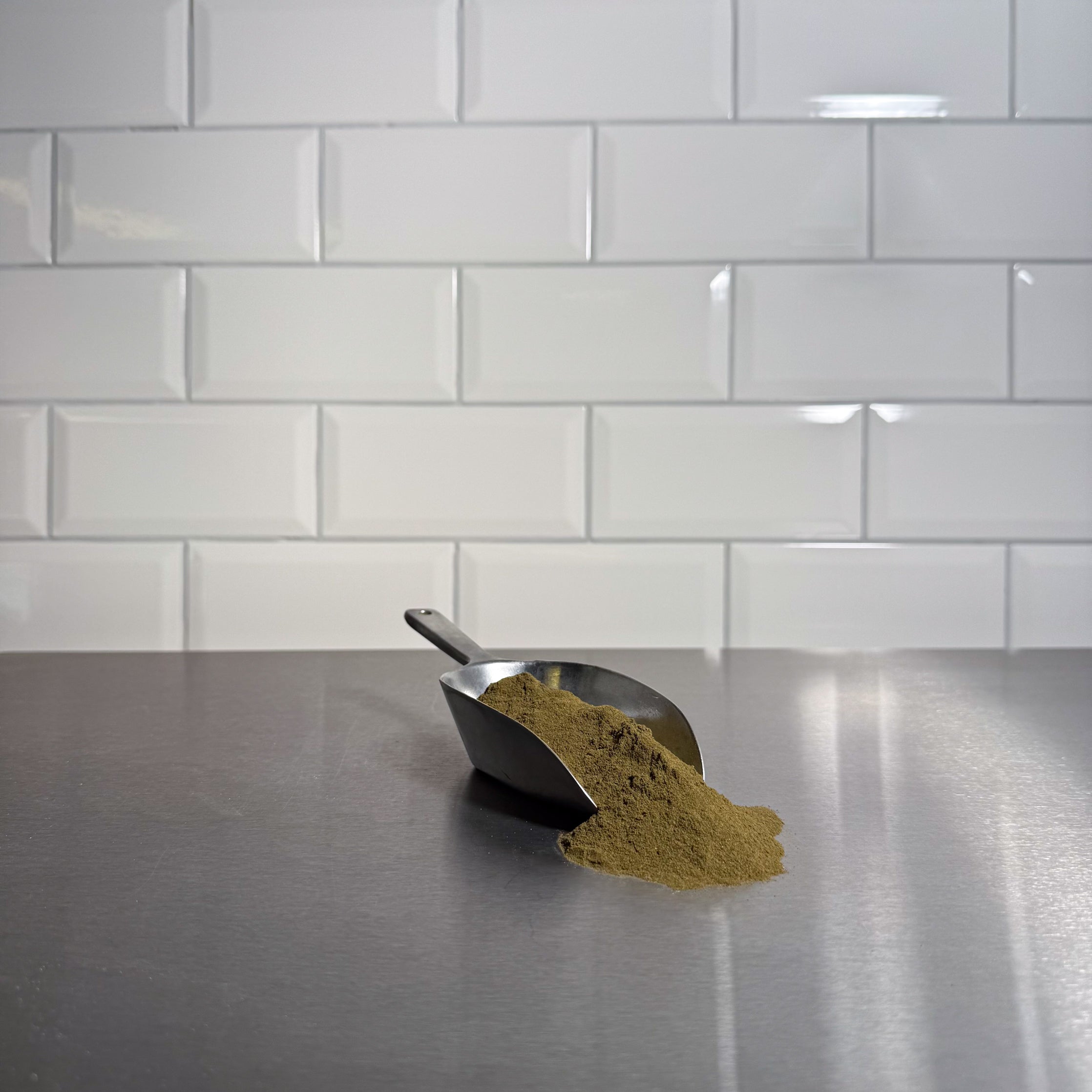What's in dandelion?
Dandelion is more than just pretty to look at. All parts of the plant – from the roots to the leaves to the flowers – contain valuable ingredients:
- Bitter compounds (e.g., taraxacin) – stimulate the liver and digestion
- Inulin – a prebiotic fiber, beneficial for the intestinal flora
- Vitamins (especially A, C, K)
- Minerals such as potassium, iron, magnesium
- Flavonoids – secondary plant substances with antioxidant effects
Effects on the body: Detox, liver, kidneys, etc.
Dandelion primarily affects the liver and kidneys – and does so on several levels:
- Liver stimulant: The bitter substances stimulate liver function, promote bile production, and help the body excrete metabolic waste products more effectively.
- Dehydrating: Dandelion has a mild diuretic effect. This helps relieve kidney strain and stimulate urine flow – without drastically lowering potassium levels.
- Digestive: The plant supports the gastrointestinal tract, can help with flatulence, and generally ensures better nutrient absorption.
- Gentle detoxification: Especially in spring, dandelion is ideal for a gentle detox regimen – completely without chemicals.
Suitable for dogs – but what about cats?
Dogs benefit from dandelion in many ways. A dandelion regimen can be particularly beneficial for dogs with sluggish metabolisms, older dogs, or those recovering. The herb is also worth a try for skin problems or poor digestion.
Cats – the more sensitive of the four-legged friends – often react more cautiously to bitter substances. Nevertheless, dandelion is also suitable for them in small quantities if it is well tolerated. Caution: For very picky cats, the bitter taste can be a disqualifying factor.
When does a treatment make sense?
Dandelion is particularly suitable as a temporary treatment – ideally over 2 to 4 weeks. Typical times of use:
- Spring treatment to relieve liver and kidney strain
- After medication (e.g., antibiotics, deworming treatments)
- For skin and coat problems
- To support older animals with a slow metabolism
However, after a treatment, a break of at least two weeks is essential. There are several reasons for this: Firstly, it gives the body the opportunity to regulate the initiated processes in peace – and secondly, it prevents the body from becoming "accustomed" to the bitter substances and the effect from diminishing.
Depending on the animal and its needs, a dandelion treatment can be administered 1-3 times a year. However, it is also possible to give dandelion once – for example, after a medication treatment – without necessarily requiring a repeat treatment.
Feeding Dandelion – Powder as a Practical Solution
The easiest and most effective way to use dandelion is in powder form. This is extracted from the root and is particularly rich in bitter substances – perfect for its liver and gallbladder stimulating effect.
The powder is easy to dose and can be easily mixed into food. For cats, it is recommended to start with very small amounts and test for acceptance. Acceptance is generally much better for dogs – here, the dosage can be adjusted according to weight (you can find the exact dosage directly on the product).
Conclusion: Dandelion – small but mighty
Dandelions demonstrate once again: The best helpers often grow right on our doorstep. For dogs (and in large quantities, for cats too), they can be a valuable part of a natural diet – especially as a treatment to support the detoxification organs. And who knows – maybe you’ll see the little yellow “weed fighter” with completely new eyes on your next spring walk.

